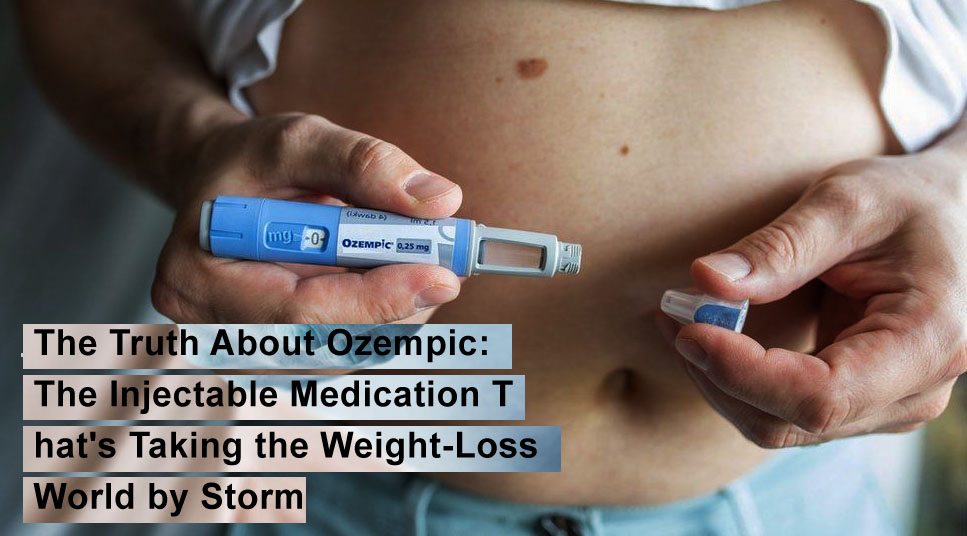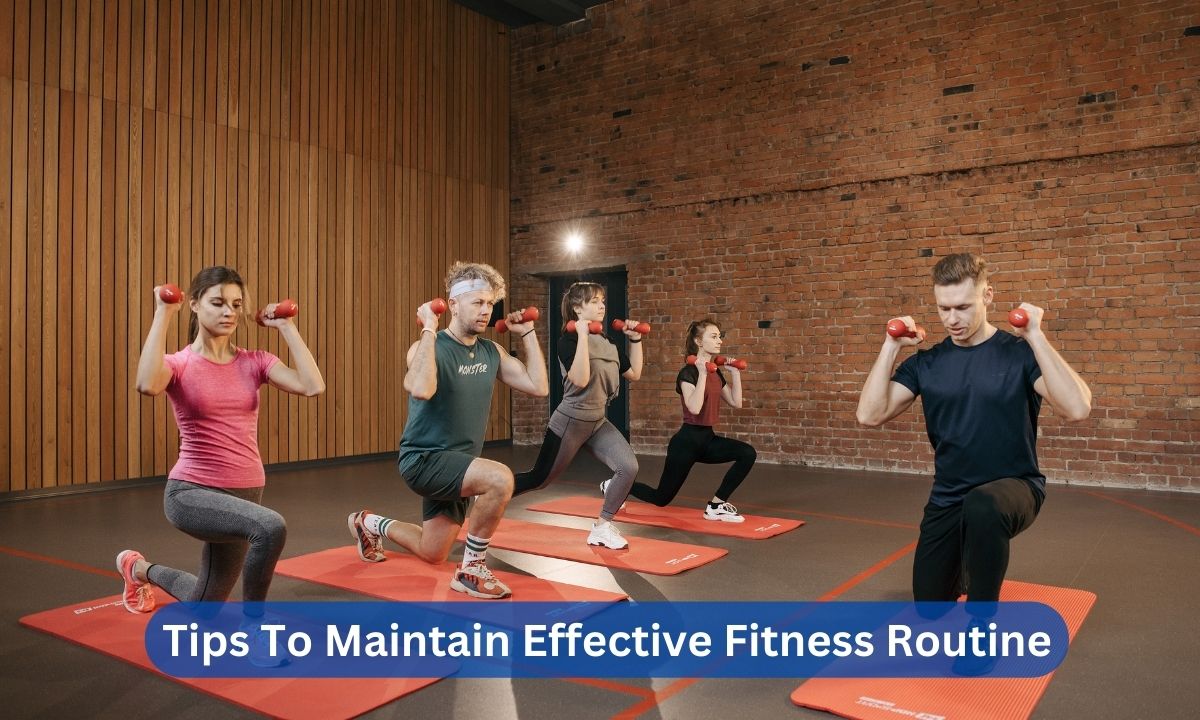It’s not unusual, and nothing to worry about, for some cognitive decline to occur as you age. But if you have more difficulty with judgment, language or memory than is expected for your age, a doctor may diagnose you with mild cognitive impairment (MCI). This condition raises your risk of progressing to dementia. However, in a Korean study of nearly a quarter-million people with MCI, participants who exercised more than once a week were 18 per cent less likely to develop Alzheimer’s disease. Physical activity may protect us by increasing blood flow to the brain or by aiding the production of the molecules that help neurons to grow.
For Most People, the Benefits of Multivitamins Are an Illusion
Millions of us take a multivitamin every day—and feel like we’re getting results. In a Harvard-led investigation, people who used these supplements rated their overall health, on average, 30 per cent higher than non-users’ own self-assessments. It turns out, though, that both groups actually had comparable levels of well-being, both physically and mentally. It’s possible that people with a more positive outlook are more attracted to multivitamins, or that taking them encourages you to see yourself as the picture of health. Either way, they’re probably not worth your money unless you have a restrictive diet (e.g., vegan or glutenfree), a pregnancy or a medical issue that specifically calls for supplements.
Taking Your Blood Pressure? Check Both Arms
The ideal way to take blood pressure is by measuring it in both arms, according to international guidelines. But in real life, this happens only half the time at best—even at the doctor’s office. Checking both arms is important because when arteries stiffen and harden, one side is usually affected more than the other in a way that bloodpressure testing may detect. A slight disparity isn’t cause for concern, but a difference of 10 mmHg in the systolic number could be a sign of cardiovascular problems. So the next time you’re at a doctor’s appointment, if they only check one arm, encourage them to take a few extra moments for the other one.
Diabetes in Dogs: A Possible Red Flag for Owners
When Swedish researchers compared pets’ veterinary records to their owners’ medical records, they spotted a trend. In their study, which followed 332,546 human-pet pairs for up to six years, the owners of dogs with diabetes were 38 per cent more likely to develop this condition themselves. The same connection was not seen among cat owners. Since dogs typically rely on their humans for exercise, insufficient physical activity might be the main shared factor at play. In any case, if the vet diagnoses your pooch with diabetes, it’s a good time to examine your own lifestyle and risk factors.
Treating Epilepsy With Keto
Although ketogenic diets are a weight-loss fad, most dieticians wouldn’t recommend them for taking off pounds. However, keto diets have been used successfully for over a century to reduce seizures in children. More recently, they’ve shown themselves to be effective for nearly 60 per cent of adults with drugresistant epilepsy as well. Keto diets are heavy on fats but low on carbohydrates, which forces the body to use fat for energy instead of its default source, the glucose that it breaks down from carbs. While we’re not certain why this metabolic change reduces seizures, we’ve seen that it can. If you’re considering giving the keto diet a try for this reason, don’t go it alone:
you’ll need monitoring and coaching from medical professionals to implement it safely and effectively.
Obstructive Sleep Apnea’s Toll on the Heart
As one of the most prevalent sleep disorders, obstructive sleep apnea (OSA) affects around one billion people worldwide. For those with this condition, the muscles in the back of the throat relax too much during sleep, creating a narrowed passage for air and causing breathing to stop and restart repeatedly. Each time this happens, the sleep cycle gets interrupted, which often leaves sufferers feeling tired all day. But the potential consequences don’t stop there. Untreated sleep apnea may also raise the risk of dying from heart disease by up to five times.
A recent Finnish study explored one of the reasons for this by recording OSA patients’ nighttime heart rhythms. When the body runs low on oxygen and suddenly awakens, this causes a surge of activity in the sympathetic nervous system— and releases stress hormones in the body. The longer a participant’s breathing was interrupted, the faster their heart raced and the more their short-term heart rate varied. Over time, too much of this strains the cardiovascular system. Fortunately, there are treatments that work well for OSA. Mild cases may improve with lifestyle changes such as quitting smoking or shedding excess weight. For people with more serious cases, the most effective solution is continuous positive airway pressure (CPAP), a machine that pumps a constant stream of air into your throat by way of a mask.
Grin (or Grimace) and Bear Your Vaccine
If a needle jab makes you wince, that might actually be a good thing. American participants in a study were asked to make various facial expressions while getting injected. Those who wore either a grimace or a genuine smile involving both the mouth and eyes reported about 40 per cent less pain as those who maintained a stoic poker face.
Alcohol Impairment Begins Below Legal Driving Limits
In many countries, it’s illegal to drive with a blood alcohol concentration (BAC) above 0.05%. However, new research suggests that the ability to process visual motion can be compromised with a BAC as low as 0.015%. So in other words, it couldn’t hurt to call a ride even if you’ve had as little as half a beer.




